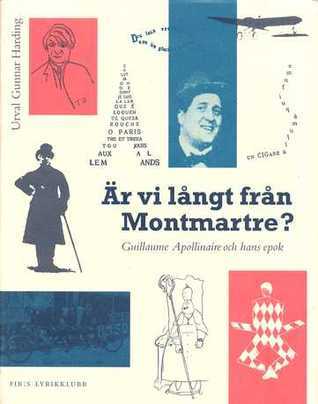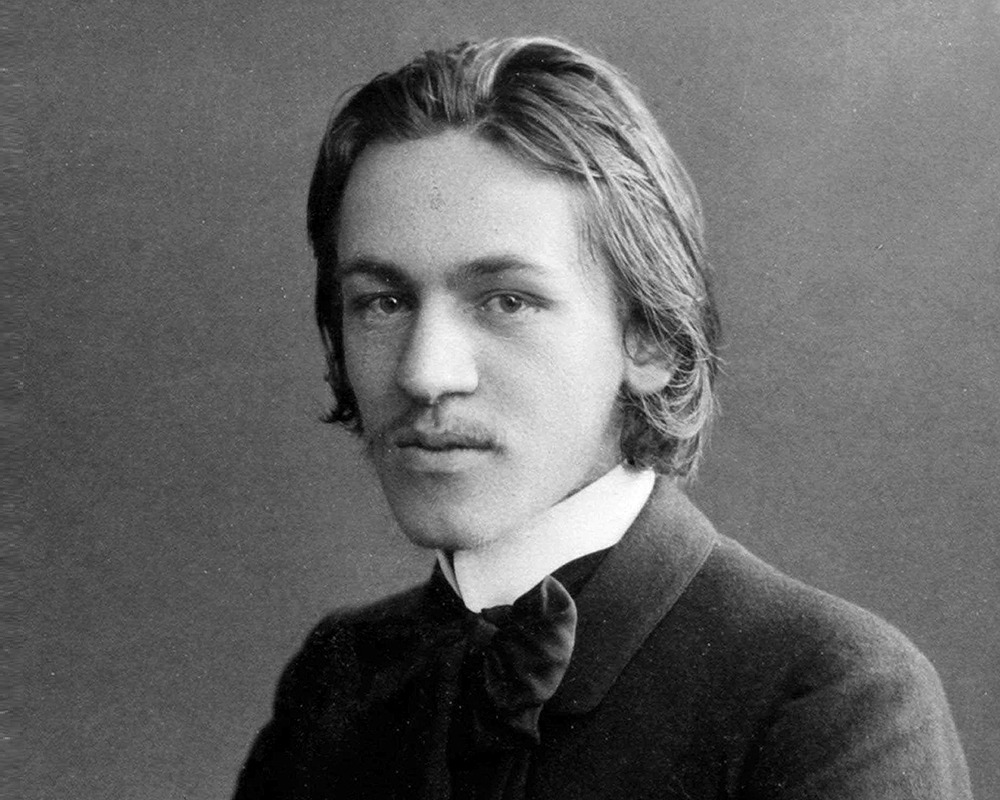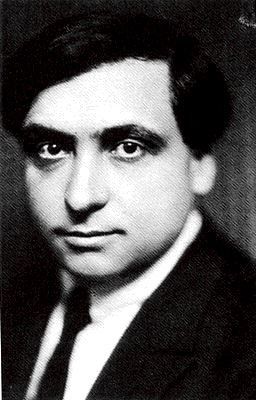
Authors

Frédéric Louis Sauser, better known as Blaise Cendrars, was a Swiss novelist and poet naturalized French in 1916. He was a writer of considerable influence in the modernist movement. His father, an inventor-businessman, was Swiss, his mother Scottish. He spent his childhood in Alexandria, Naples, Brindisi, Neuchâtel, and numerous other places, while accompanying his father, who endlessly pursued business schemes, none successfully. At the age of fifteen, Cendrars left home to travel in Russia, Persia, China while working as a jewel merchant; several years later, he wrote about this in his poem, Transiberien. He was in Paris before 1910, where he got in touch with several names of Paris' bélle époque: Guillaume Apollinaire, Modigliani, Marc Chagall and many more. Cendrars then traveled to America, where he wrote his first long poem Pâques à New-York. The next year appeared The Transsibérien. When he came back to France, I World War was started and he joined the French Foreign Legion. He was sent to the front line in the Somme where from mid-December 1914 until February 1915. During the attacks in Champagne in September 1915 that Cendrars lost his right arm. He described this war experience in the books La Main coupée. After the war he returned to Paris, becaming an important part of the artistic community in Montparnasse. There, among others, used to meet with other writers such as Henry Miller, John Dos Passos and Ernest Hemingway. During the 1920's he published two long novels, Moravagine and Les Confessions de Dan Yack. Into the 1930’s published a number of “novelized” biographies or volumes of extravagant reporting, such as L’Or, based on the life of John August Sutter, and Rhum, “reportage romance” dealing with the life and trials of Jean Galmont, a misfired Cecil Rhodes of Guiana. La Belle Epoque was the great age of discovery in arts and letters. Cendrars, very much of the epoch, was sketched by Caruso, painted by Léon Bakst, by Léger, by Modigliani, by Chagall; and in his turn helped discover Negro art, jazz, and the modern music of Les Six. His home base was always Paris, for several years in the Rue de Savoie, later, for many years, in the Avenue Montaigne, and in the country, his little house at Tremblay-sur Mauldre (Seine-et-Oise), though he continued to travel extensively. He worked for a short while in Hollywood in 1936, at the time of the filming of Sutter’s Gold. From 1924 to 1936, went so constantly to South America. This life globertrottering life was pictured in his book Bourlinguer, published in 1948. Another remarkable works apparead in the 40s were L’Homme Foudroyé (1945), La Main Coupée (1946), Le Lotissement du Ciel (1949), that constitute his best and most important work. His last major work was published in 1957, entitled Trop, C’est Trop. == Sources:

Pierre Reverdy (September 13, 1889 – June 17, 1960) was a French poet whose works were inspired by and subsequently proceeded to influence the provocative art movements of the day, Surrealism, Dadaism and Cubism. The loneliness and spiritual apprehension that ran through his poetry appealed to the Surrealist credo. He, though, remained independent of the prevailing “isms,” searching for something beyond their definitions. His writing matured into a mystical mission seeking, as he wrote: “the sublime simplicity of reality." http://en.wikipedia.org/wiki/Pierre\_R...

Wilhelm Albert Włodzimierz Apolinary Kostrowicki, known as Guillaume Apollinaire, was a French poet, writer, and art critic born in Italy to a Polish mother. Among the foremost poets of the early 20th century, he is credited with coining the word surrealism and writing one of the earliest works described as surrealist, the play Les Mamelles de Tirésias (1917, later used as the basis for an opera in 1947).

Jean Maurice Eugène Clément Cocteau (5 July 1889 – 11 October 1963) was a French poet, novelist, dramatist, designer, boxing manager, playwright and filmmaker. Along with other Surrealists of his generation (Jean Anouilh and René Char for example) Cocteau grappled with the "algebra" of verbal codes old and new, mise en scène language and technologies of modernism to create a paradox: a classical avant-garde. His circle of associates, friends and lovers included Jean Marais, Henri Bernstein, Colette, Édith Piaf, whom he cast in one of his one act plays entitled Le Bel Indifferent in 1940, and Raymond Radiguet. His work was played out in the theatrical world of the Grands Theatres, the Boulevards and beyond during the Parisian epoque he both lived through and helped define and create. His versatile, unconventional approach and enormous output brought him international acclaim.

After spending his childhood in Quimper, Brittany, France, he enrolled in the Paris Colonial School, which he left in 1897 for an artistic career. He was one of the first friends Pablo Picasso made in Paris. They met in the summer of 1901, and it was Jacob who helped the young artist learn French. Later, on the Boulevard Voltaire, he shared a room with Picasso, who remained a lifelong friend (and was included in his artwork Three Musicians). Jacob introduced him to Guillaume Apollinaire, who in turn introduced Picasso to Georges Braque. He would become close friends with Jean Cocteau, Jean Hugo, Christopher Wood and Amedeo Modigliani, who painted his portrait in 1916. He also befriended and encouraged the artist Romanin, otherwise known as French politician and future Resistance leader Jean Moulin. Moulin's famous nom de guerre Max is presumed to be selected in honor of Jacob. Having moved outside of Paris in May, 1936, to settle in Saint-Benoît-sur-Loire, Loiret, Max Jacob was arrested on 24 February 1944 by the Gestapo, and interned at Orléans prison, (prisoner #15872). Jewish by birth, Jacob's brother Gaston had been previously arrested in January, 1944, deported to Auschwitz concentration camp, and gassed upon arrival with his sister Myrthe-Lea; her husband also deported and murdered by the Nazis. Following his incarceration at Orléans, Max was then transferred to Drancy internment camp from where he was to be transported in the next convoy to Auschwitz in Germany. However, said to be suffering from bronchial pneumonia, Max Jacob died in the infirmary of Le Cité de la Muette, a former housing block which served as the internment camp known as Drancy on 5 March.